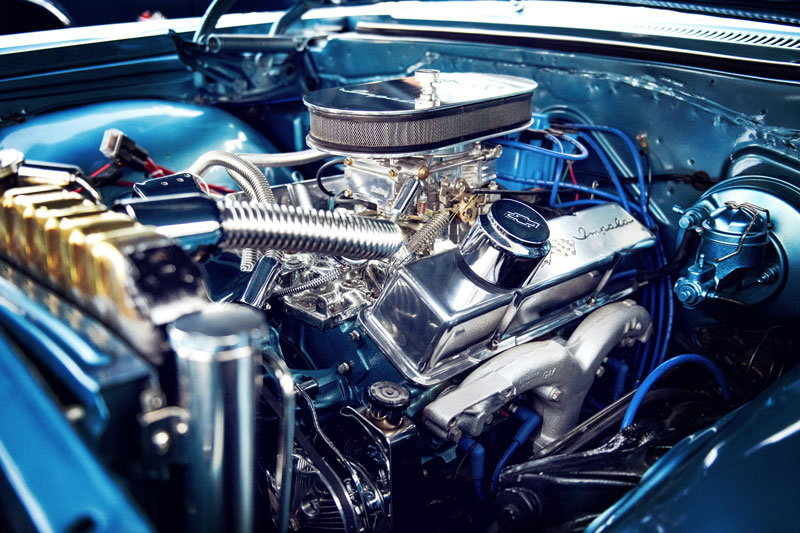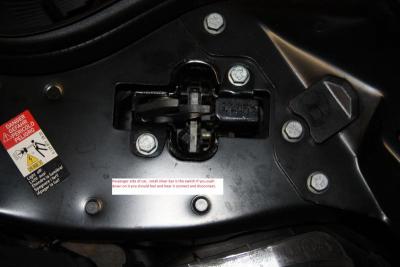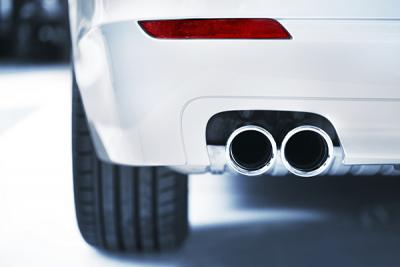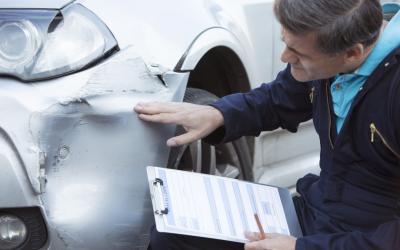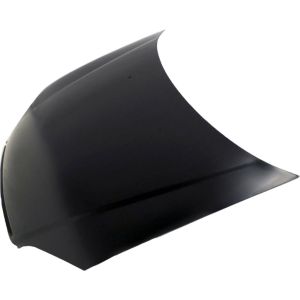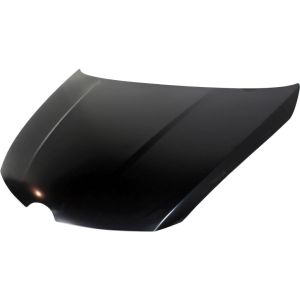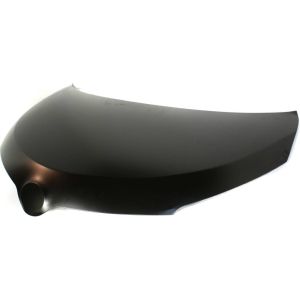They say cleanliness is next to godliness, and this certainly holds true for your car's engine. You've kept the exterior in tip-top shape, but when was the last time you cleaned under the hood?
Don't let the thought of tackling engine grime intimidate you. With the right approach and a few handy tools, you'll have it looking pristine in no time. Want to know how? Well, that's where the true journey of car maintenance begins.
Key Takeaways:
- Always start the cleaning process with a cool engine to prevent any potential damage.
- Protect sensitive parts of the engine with plastic bags and tape before cleaning.
- Use specific cleaning products like degreaser and microfiber cloths for efficient results.
- After cleaning, apply protectants to rubber and vinyl parts to preserve their condition.
Why Cleaning Under the Car Hood Is Important?
Keeping the area under your car hood clean is important for maintaining top engine performance and longevity. It's not just about aesthetics - a clean engine compartment is a key part of preventative maintenance.
When dirt and grime build up under your hood, they can cause components to wear out faster and even affect your vehicle's engine performance. Over time, this decrease in performance can lead to costly repairs. So, regular cleaning can help prevent these problems and save you money in the long run.
Also, a clean engine makes it easier to spot leaks and other issues that might otherwise go unnoticed. You're more likely to catch small problems before they turn into big ones when you can see everything clearly.
If you're planning on selling your vehicle, a clean engine bay can make a great impression on potential buyers. It shows that you've taken good care of your vehicle, which might just convince them to take it off your hands.
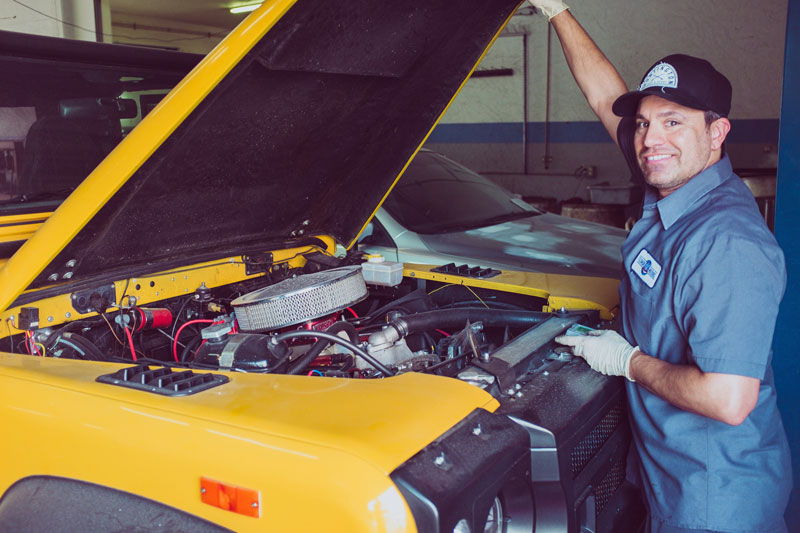
How to Clean Under a Car Hood?
Cleaning under your car's hood can seem challenging, but it's simpler than you might think. First, you'll need to prepare your vehicle to ensure a safe and effective cleaning process. Then, it's all about washing the engine bay and finishing up with the final steps for maintenance and protection.
Preparing the Vehicle
Before you start the cleaning process, it's critical to properly prepare your vehicle to guarantee a safe and effective job. Engine maintenance begins with making sure the engine is cool to the touch.
This essential aspect of vehicle care protects you from burns and the engine from potential damage due to sudden temperature changes. Once cool, disconnect the battery to prevent electrical shocks.
Next, cover sensitive areas like the alternator, distributor cap, and any exposed electronics with plastic bags. This simple step prevents water and cleaning products from causing harm.
Finally, gather all your cleaning supplies. Having everything on hand ensures a smooth and efficient cleaning process. Proper preparation is the foundation of a successful engine cleaning.
Cleaning the Engine Bay
Now that your vehicle is properly prepared, let's dive into the process of cleaning the engine bay.
This is an important part of engine maintenance that involves a few simple cleaning techniques.
- To begin open the bonnet, grab a bucket of soapy water and a soft brush. Gently scrub the engine and its components to loosen any grime or dirt. Remember not to scrub too hard, you don't want to damage any parts.
- Next, rinse off the soap with a low-pressure hose. It's important to use low pressure to avoid damaging sensitive parts.
- Lastly, dry everything off with a microfiber cloth. This will help prevent any water spots or streaks.
Final Steps
After making sure that your engine bay is clean and dry, it's time to turn your attention to the final steps of cleaning under the car hood. This is where engine detailing and maintenance tips come into play.
Start by applying protective coatings to various parts of the engine. These coatings not only keep your engine looking like new, but also offer long-term benefits such as preventing rust and corrosion.
Don't forget to remove any plastic covers you used to protect sensitive components during the cleaning process. Finally, give your engine a thorough check to make sure all parts are functioning correctly. Regular engine maintenance, combined with these cleaning steps, will ensure your engine stays in top shape for years to come.
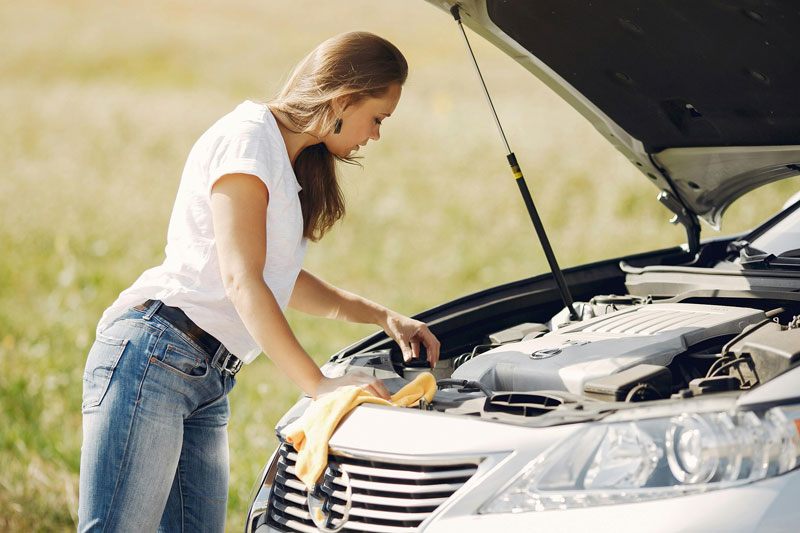
Are There Any Potential Risks and How to Avoid Them?
Despite the seeming simplicity of the cleaning process, there's a potential risk of damaging your car's engine if you don't tread carefully.
Here are some potential risks and safety precautions you should be aware of:
- Water Damage: Water can damage electronic components. To avoid this, cover sensitive parts like the alternator, distributor, and any exposed filters with plastic before you begin cleaning.
- Chemical Damage: Harsh cleaning agents can corrode metal parts and degrade rubber and plastic. Use only car-specific cleaning products and follow the manufacturer's instructions.
- Thermal Shock: Spraying cold water on a hot engine can cause parts to crack due to rapid cooling. Always confirm the engine is cold before you start cleaning.
When Should You Clean Your Engine Bay?
Determining the right time to clean your engine bay depends on several factors, including your driving habits and the environment in which you drive. For instance, if you're often driving on dirt roads or in polluted areas, you'll need to clean your engine bay more frequently.
Cleaning frequency is important due to the accumulation of dirt and debris that can cause damage over time. Typically, a good rule of thumb is to clean your engine bay every year or every 15,000 miles. However, this can vary depending on your specific circumstances.
Now, when it comes to choosing the best products for cleaning your engine bay, there are a few things to keep in mind. You want products that are effective at removing dirt and grime but won't harm the engine's components.
It's recommended to use a degreaser, along with a microfiber cloth for wiping down surfaces. Also, a protectant is essential to apply after cleaning to keep rubber and plastic parts from cracking.
Conclusion
So, you've got the knowledge, the tools, and the drive. Now, it's all up to you. Will your engine bay remain a grimy, forgotten corner, or will it shine like the rest of your car? Just remember, a clean engine isn't just a pretty sight.
It's the heart of your car, and it deserves as much care and attention as the exterior. Go on, take the plunge. You might just be surprised at what you can achieve.
FAQs (Frequently Asked Questions)
What Specific Tools Are Needed to Clean Under a Car Hood Effectively?
- To effectively clean under your car hood, you'll need car washing soap, degreaser, microfiber cloths, and a low-pressure hose. Consider the dirt's impact on your engine and take protective measures during cleaning to prevent damage.
How Often Should I Replace the Filters When Cleaning Under the Car Hood?
- You should replace filters based on their lifespan or replacement indicators, typically found in your car's manual. It's not linked to cleaning under the hood, but a dirty filter can affect your car's performance.
What Are the Signs of Water Damage in the Engine Compartment After Cleaning Under the Car Hood?
- Like a detective on a case, you're looking for engine rust signs. Water damage in the engine compartment can cause rusting, unusual noises, and electrical issues. Regularly check and dry these areas to prevent water damage.
